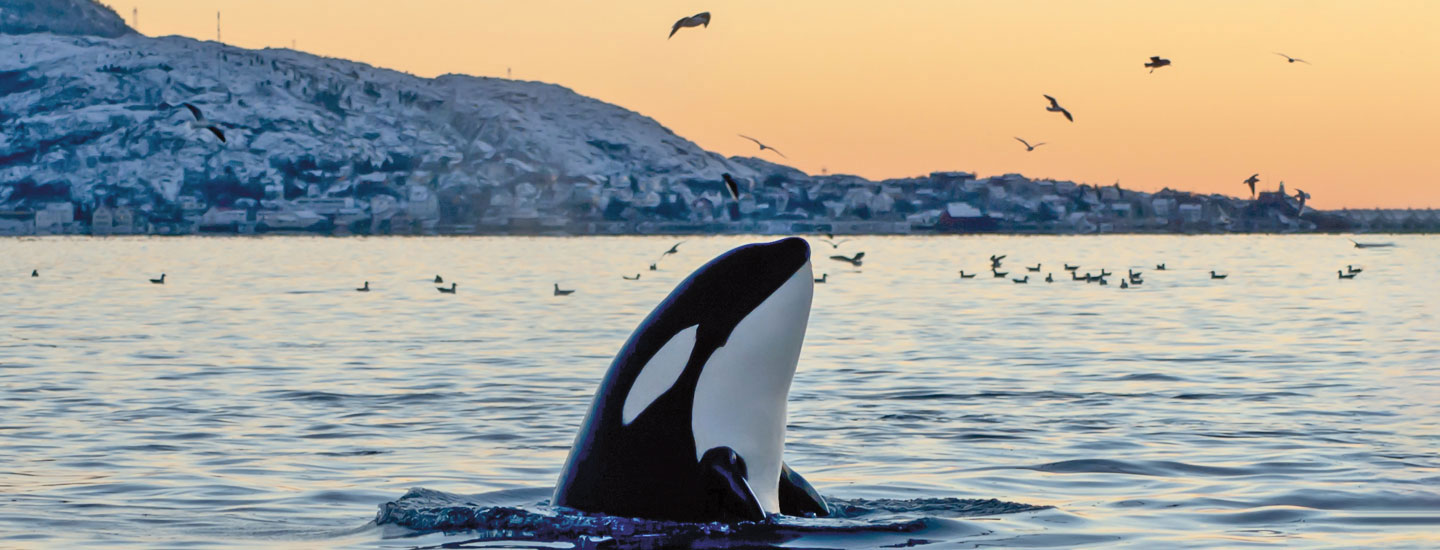Last September, a crowd gathered at a public hearing in Seattle, Washington, to discuss the plight of a local population of orcas known as the southern resident killer whales. Over the summer, three members of the group had died, including a newborn calf. Many people in attendance were angry. They felt the government wasn’t doing enough to protect the animals.
Last September, a crowd gathered at a public hearing in Seattle, Washington. They discussed a local group of orcas called the southern resident killer whales. The orcas were in trouble. Three members of the group had died that summer. One was a newborn calf. Many people at the hearing were angry. They believed the government wasn’t doing enough to protect the animals.

